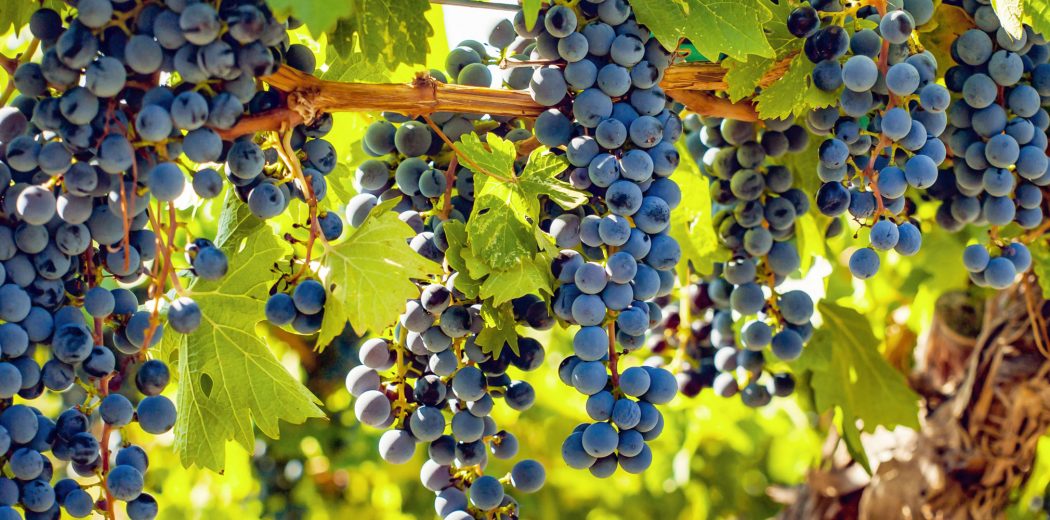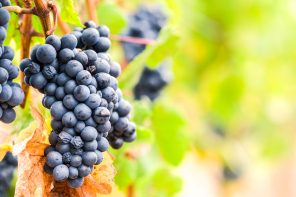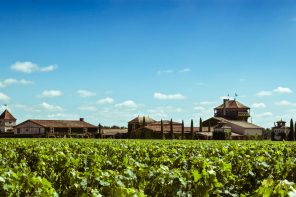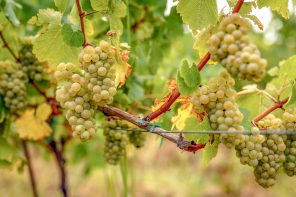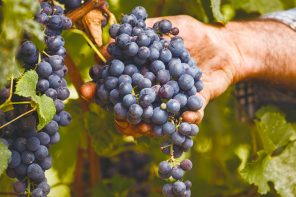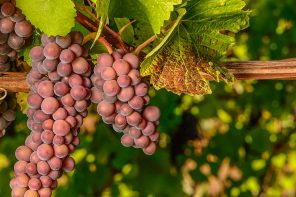If we had a dollar for every time we heard the phrase, “I’ll have a glass of Cab,” we’d be bona fide millionaires by now. However, here at Wine Awesomeness, we take issue with this quick, catchy abbreviation. Although “Cab” is generally used as a shortened way of saying Cabernet Sauvignon, there’s actually another “Cab” that resides in the viticultural world, and without it, Cabernet Sauvignon wouldn’t even exist.
Re-introducing Cabernet Franc: the unsung hero of vineyards, wine lists, and viticulture as a whole. Originally born in Bordeaux, Cabernet Franc is the parent to the more popular Cabernet Sauvignon, which was created by a crossing with Sauvignon Blanc. (Cab Franc is also a parent to Merlot and Carmenere, too!) Within Bordeaux, Cabernet Sauvignon tends to reign king, with Cabernet Franc continually playing a backup role in both Right Bank and Left Bank blends. However, during the 1600s, Cabernet Franc was transported to the Loire Valley, where the grape found extreme popularity and began to be bottled varietally.
On the vine, Cabernet Franc has blue-black skins, giving way to light-pigmented wines, much less powerful in color and flavor profile than those produced from Cabernet Sauvignon. The grape ripens earlier than Cab Sauv, meaning Cab Franc tends to enjoy slightly cooler climates. Cabernet Franc grapes grow in small-medium size bunches, producing fruit with pretty thin skins. Although the grape is flexible to the soil types in which it’s grown, Cabernet Franc tends to prefer sandy, chalkier soils, as well as the granite and Tuffeau soil of the Loire.
Cabernet Franc is planted abundantly throughout the world, with the Loire Valley and Bordeaux remaining two of the most important regions. Within the Loire, some of the grape’s biggest appellations are Bourgueil, Chinon, and Saumur-Champigny. Cabernet Franc also thrives in the cooler climates of Northern Italy, as well as Hungary and other Eastern European nations. The grape even loves the cool climates of Canada, where it’s often used to produce the nation’s famed ice wines. In America, the grape can be found scattered across California and Washington, as well as prominently within New York State’s Finger Lakes and Long Island growing regions.
As with any grape variety, Cabernet Franc produces wines ranging in flavors depending on where it’s grown. In cooler climate regions, Cabernet Franc wines tend to have a greener, more peppery and raspberry character, while warmer regions bring out darker fruit, floral and currant notes. Tannins are generally always lower than those of Cabernet Sauvignon, producing easier drinking, brighter wines.
We’ll always have a soft spot for the underdogs and unsung heroes, especially when said hero is Cabernet Franc. Best of all, these bottles tend to be significantly less expensive than those crafted from Cabernet Sauvignon — we’d celebrate by grabbing two!

